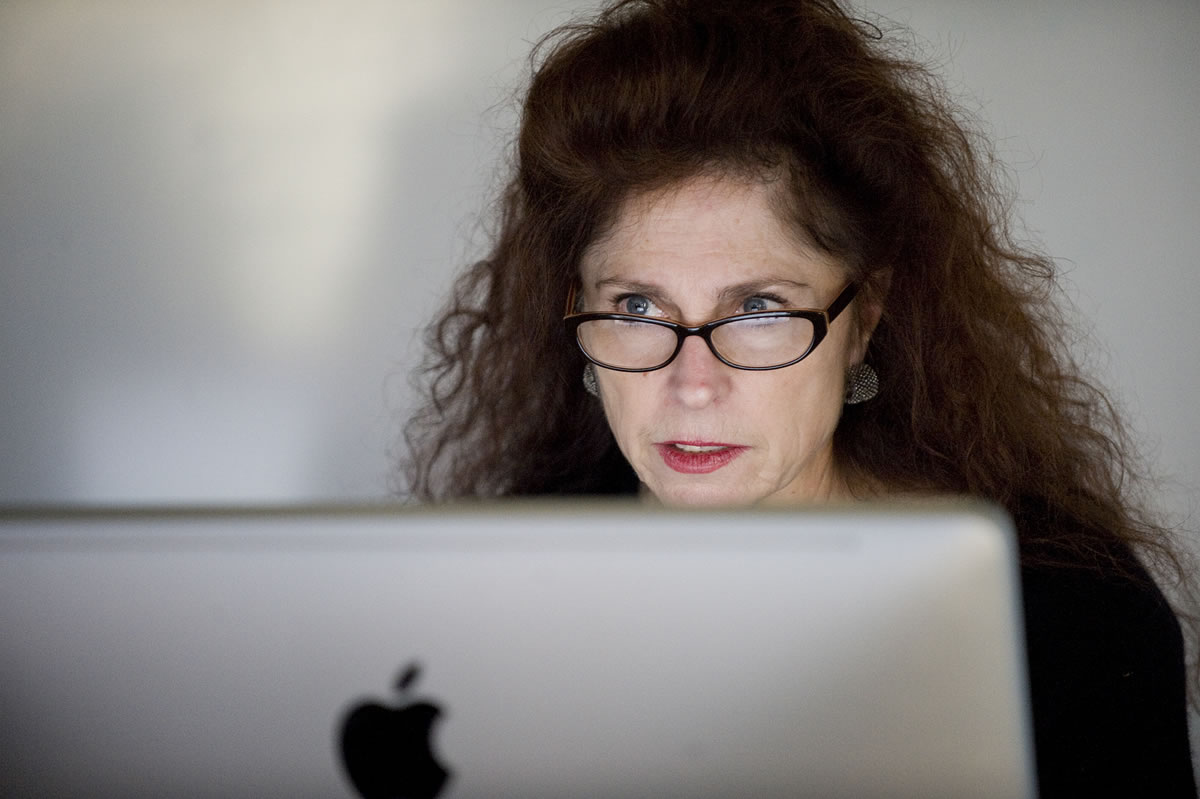Cloud innovation in computer software could soon force school districts and other educational institutions to pay a monthly subscription fee.
Schools are concerned how they’ll be affected by Adobe’s recent announcement that it no longer will roll out upgrades to its Creative Suite software, including Photoshop, InDesign and Illustrator. High schools and colleges use the software in their photography, communications, design, video, journalism and other creative classes.
Adobe has rebranded the Creative Suite software as “Creative Cloud,” which customers must download from the Internet and then pay a monthly subscription fee. Adobe is focusing all its innovation on Creative Cloud. Consumers will still install the software on their computers. But if they stop paying the subscription, they will lose access to the software.
Since Adobe’s soft rollout of the Creative Cloud in 2012, more than half a million consumers have started paying the monthly subscription fee. Adobe forecasts 1.2 million paid subscribers by the end of the year, according to Johann Zimmern, Adobe’s worldwide education program manager.
Adobe’s reasoning for directing all its innovation into Creative Cloud are its ability to develop new applications and new features instead of waiting two or three years to make updates. Storage in the Cloud and syncing ability are other positives.
Company to name price
Students and educators can buy a subscription to Creative Cloud at a promotional price of $19.99 per month. The promotional period is undefined, and at some point, the price will increase to $29.99 per month. It requires an annual commitment. Adobe hasn’t nailed down specifics about how much schools and colleges will be charged for the Creative Cloud.
Dene Grigar, director and associate professor of Creative Media and Digital Culture at Washington State University Vancouver, moved her students to the Adobe Cloud as soon as they were able.
“Mainstream culture is conceptually ready for the Cloud environment because technologies like Dropbox have been commonly used for years,” Grigar said. “It was not that much of a leap to go a little higher to get to the clouds from there. We were primed.”
In most high schools, it’s the College, Career and Technical Education programs that use Adobe software.
Evergreen Public Schools, which had been using the 6-year-old software Adobe Creative Suite 3, recently paid $54,000 to upgrade to Adobe CS6 software for its four comprehensive high schools. The district doesn’t have the network to support Cloud technology.
“The cost of the Adobe product is exorbitant, but we depend on these products. Adobe CS6 will make a difference for our students,” said Anita Jinks, the Evergreen district’s assistant director for College, Career and Technical Education.
Clark College is evaluating its Adobe needs, but Phil Sheehan, director of information technology services, is weighing the options. Consumers can continue using CS6 “until the cows come home,” Sheehan said. “But there won’t be any innovation. We’re a teaching institution. At some point, we’ll want to teach the updated software. Then we’ll have to switch over to the subscription model and pay that subscription fee.”
The Vancouver and Battle Ground school districts are waiting until more is known before they make a decision.
Scott McDaniel, Battle Ground’s director of technology services, said, “It’s the same thing every school district faces. The budget is limited, and the need is growing.”
Susan Parrish: 360-735-4530; http://twitter.com/col_schools; susan.parrish@columbian.com.




